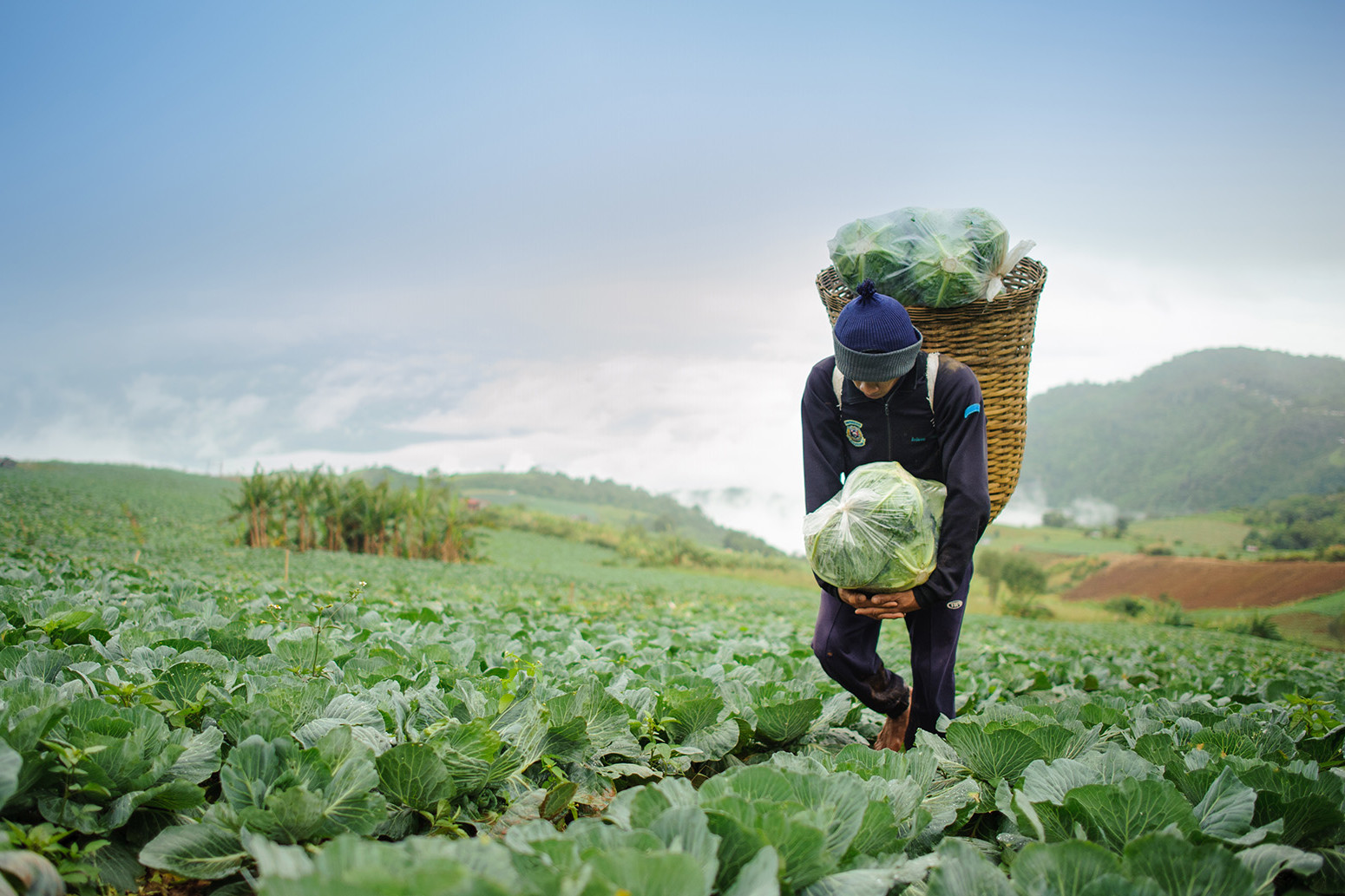Can Agriculture and the Climate Fix Their 'Unhappy Marriage' in 2018?
Author: Thin Lei Win | Published: December 28, 2017
ROME (Thomson Reuters Foundation) – After René Castro-Salazar attended the first U.N.-led climate talks in Berlin in 1985 as Costa Rica’s environment and energy minister, he tried to talk about agriculture and climate change – but few wanted to join the conversation.
“There was always opposition – and we couldn’t understand why,” said Castro, now assistant director-general at the United Nations’ Food and Agriculture Organization (FAO).
To him, the need to tackle the topic was clear.
Agriculture, forestry and other land uses together account for nearly a quarter of the greenhouse gas emissions heating up the planet, according to the FAO.
Cutting these is essential if the world is to keep global temperature rise to a manageable level, said Castro.
Farms and forests can also store large amounts of carbon, and simple actions by all countries could result in immediate environmental benefits, he told the Thomson Reuters Foundation.
In the early years, the climate negotiations focused on reducing emissions from the energy sector – the largest emitter – while the relationship between agriculture and climate change was not fully understood.
Later on, poor states feared discussing the linkage would result in obligations for them to curb emissions from farming. Rich nations worried they would have to pay for poor farmers to adapt to a changing climate.
At November’s climate talks in Bonn, the stalemate was finally broken, with nations agreeing to move forward on issues related to agriculture and climate change.

